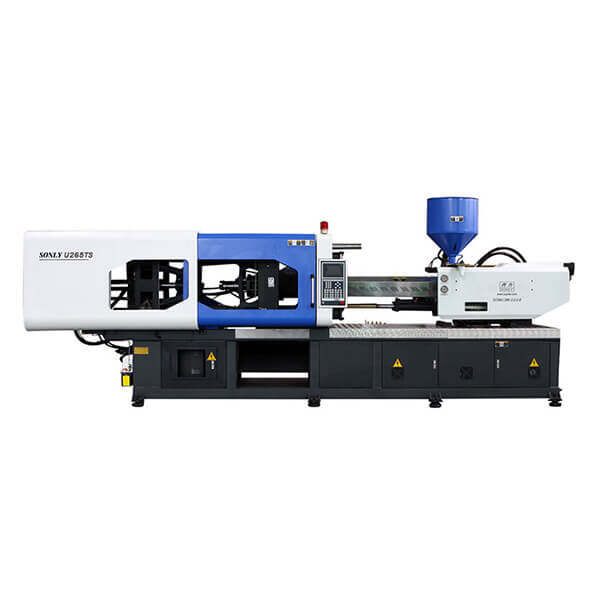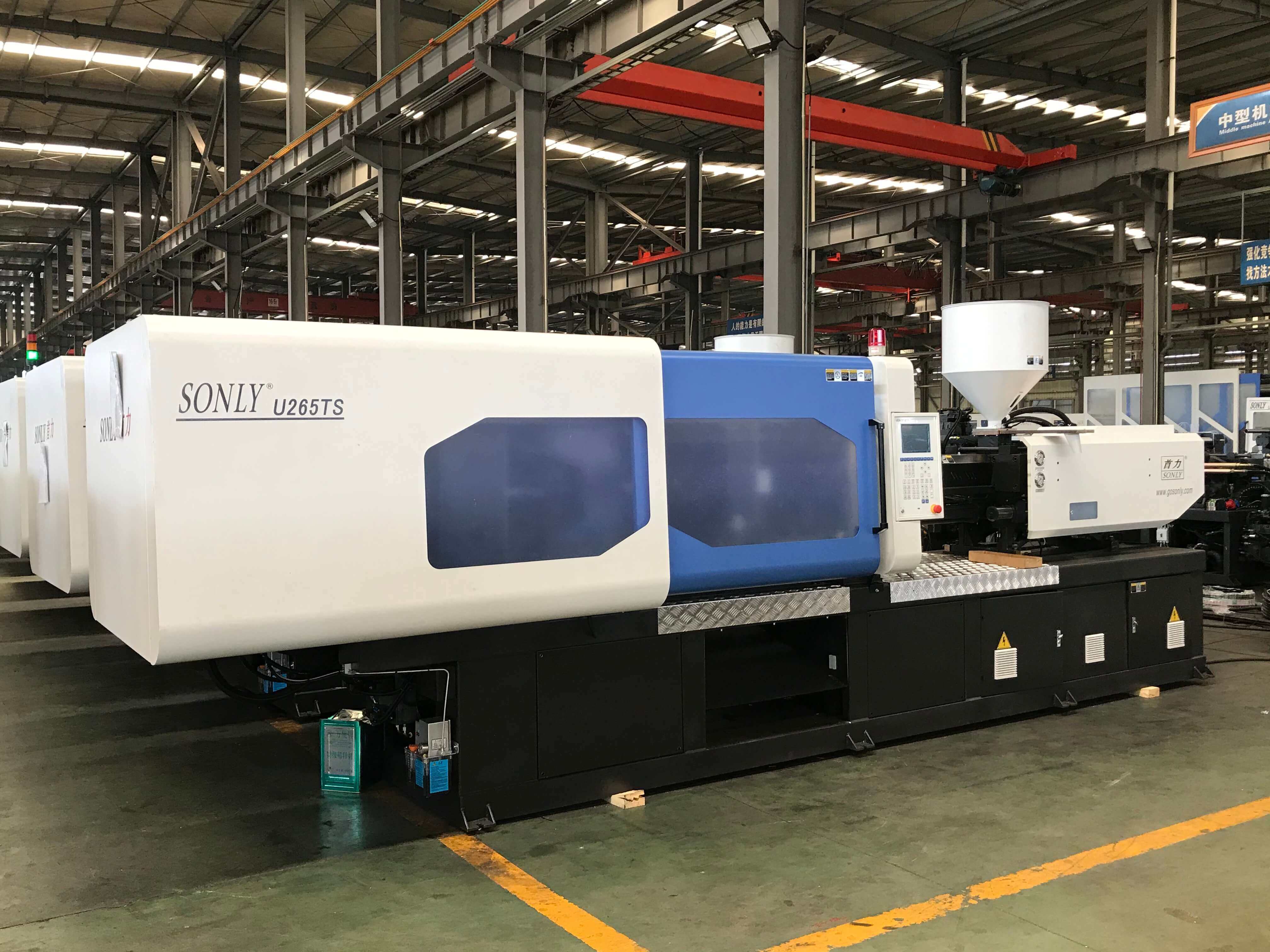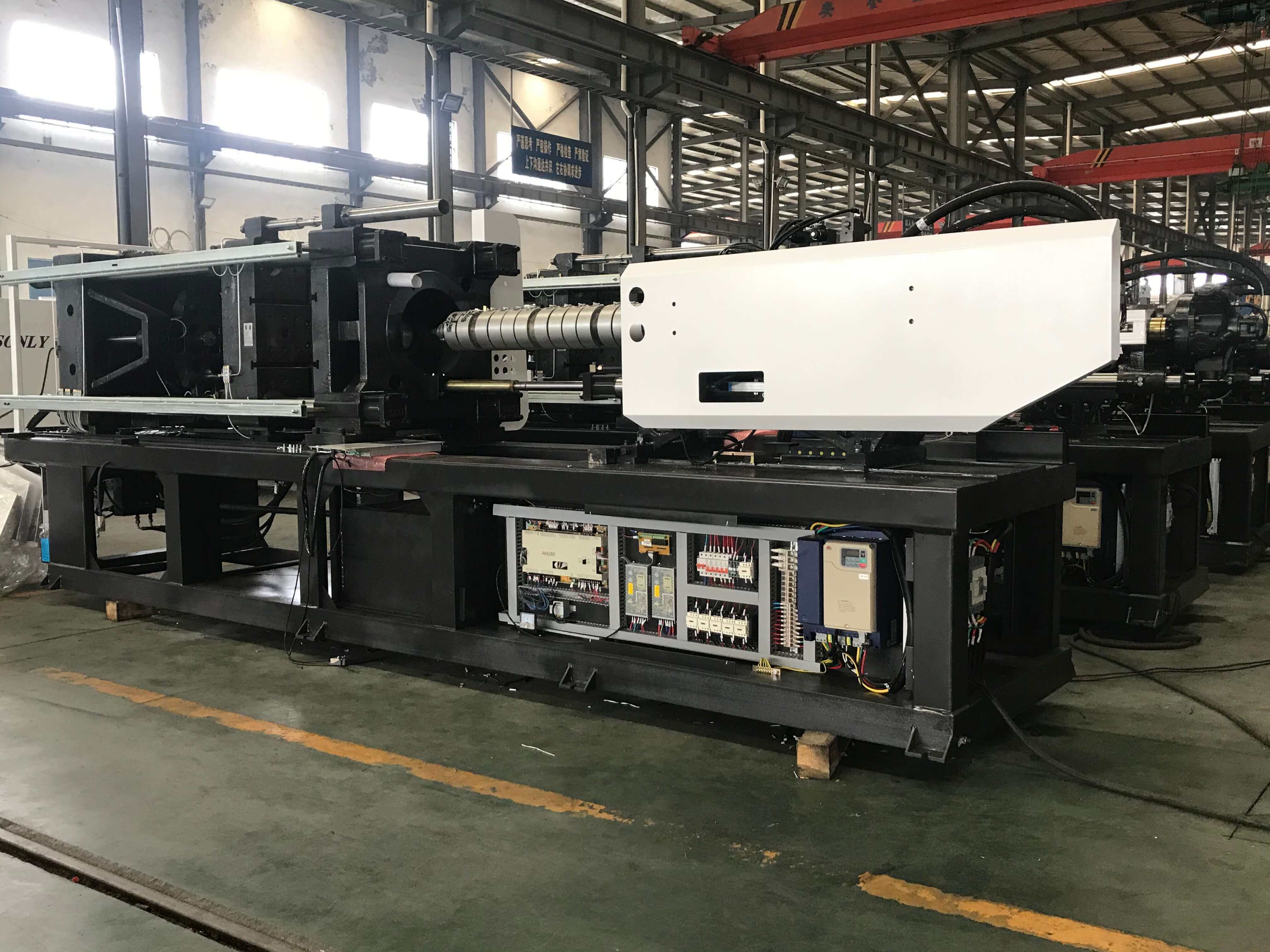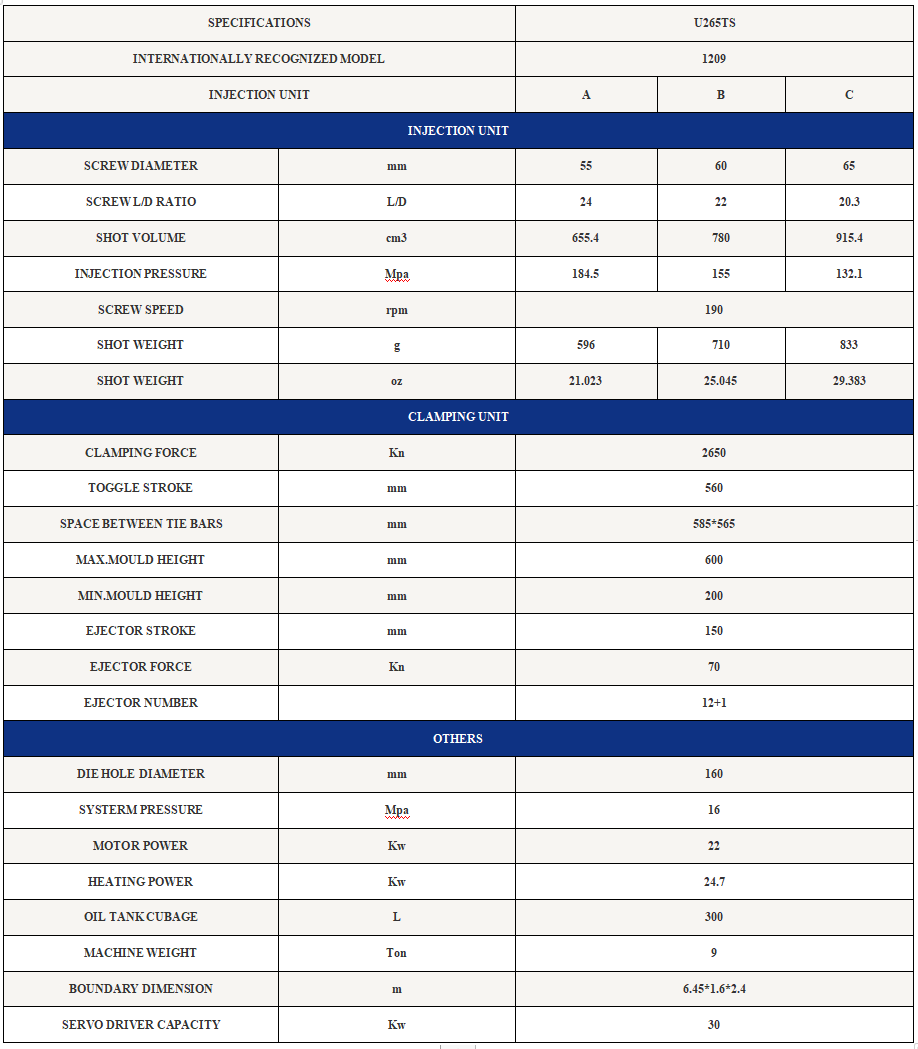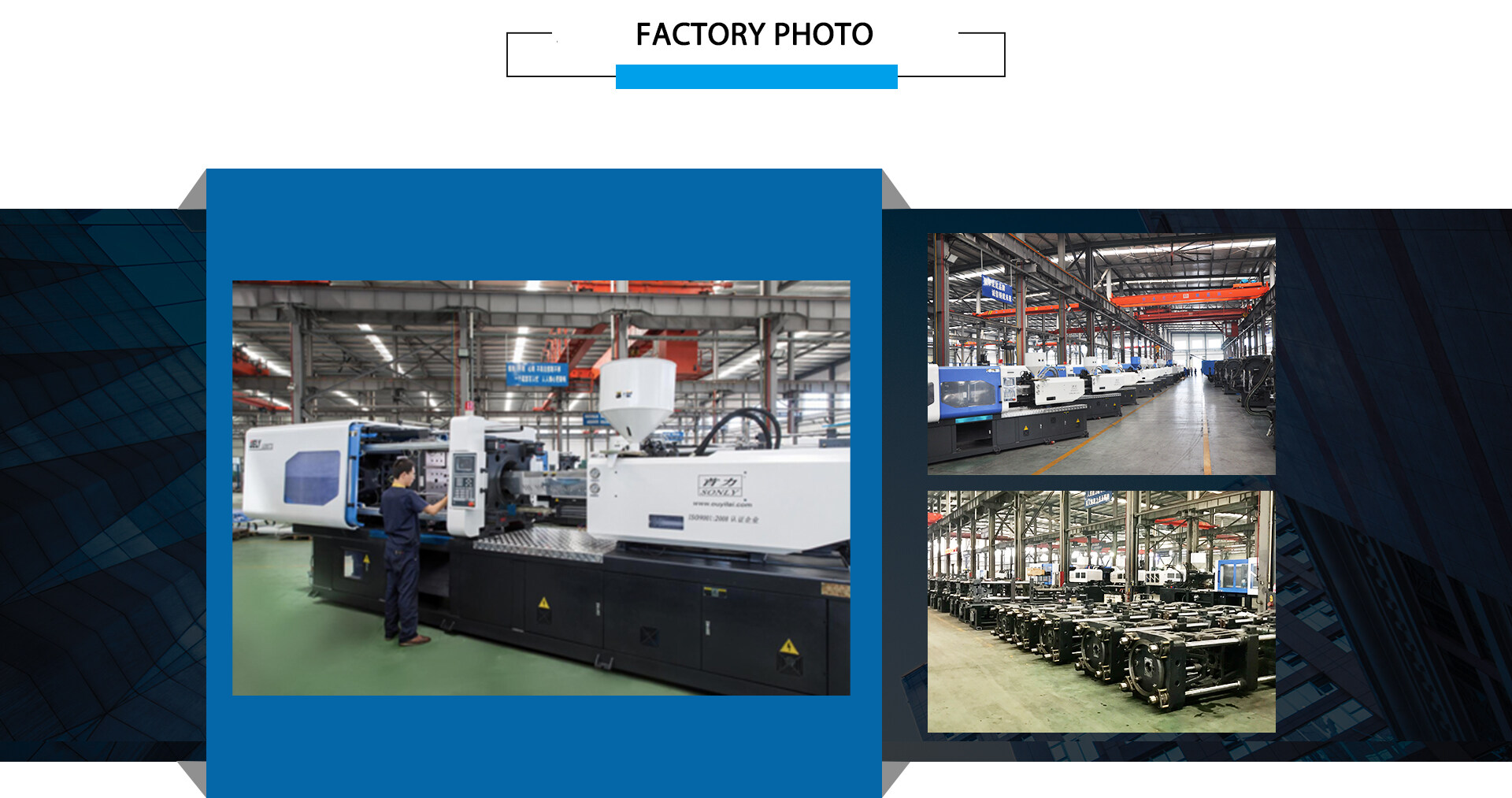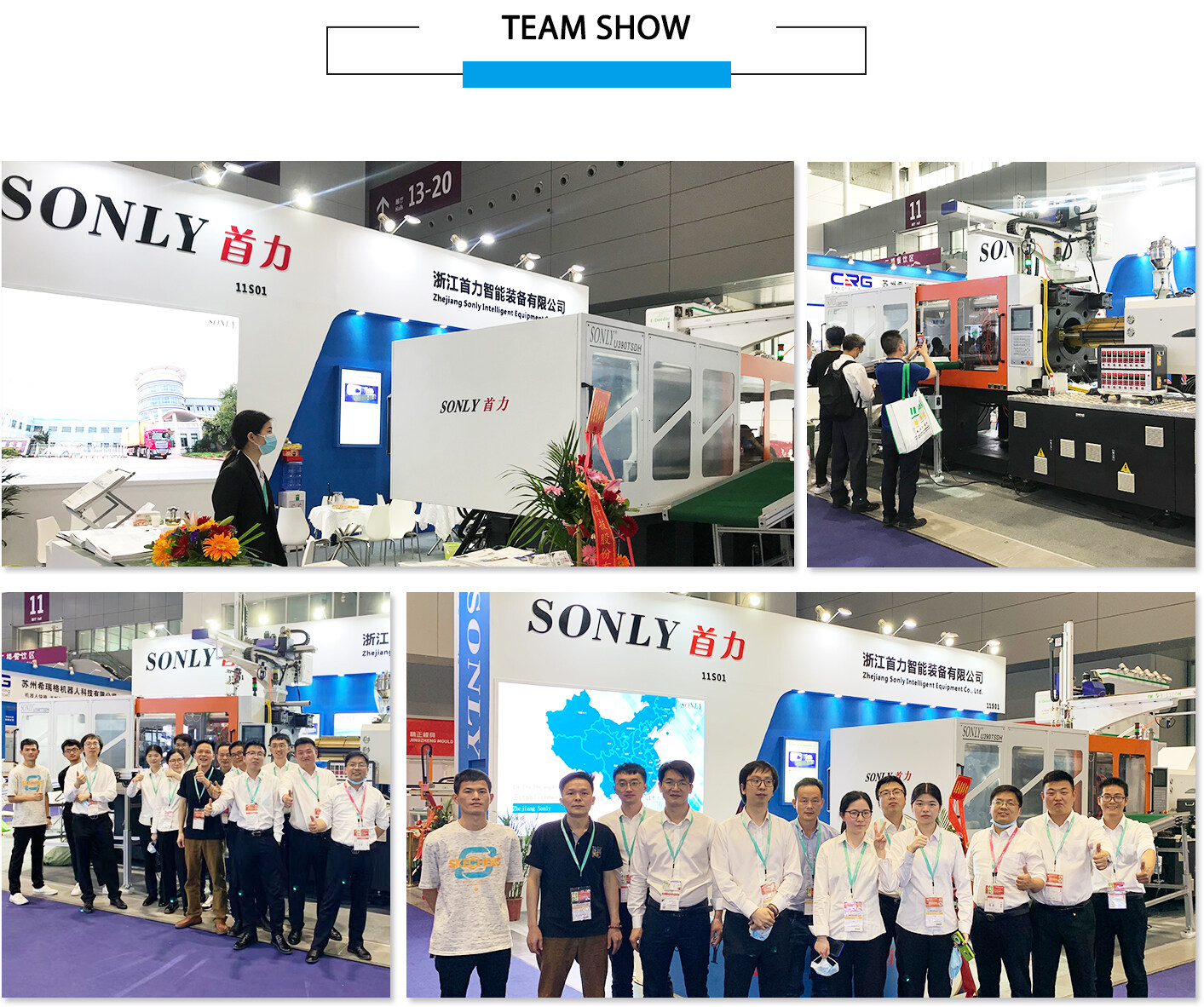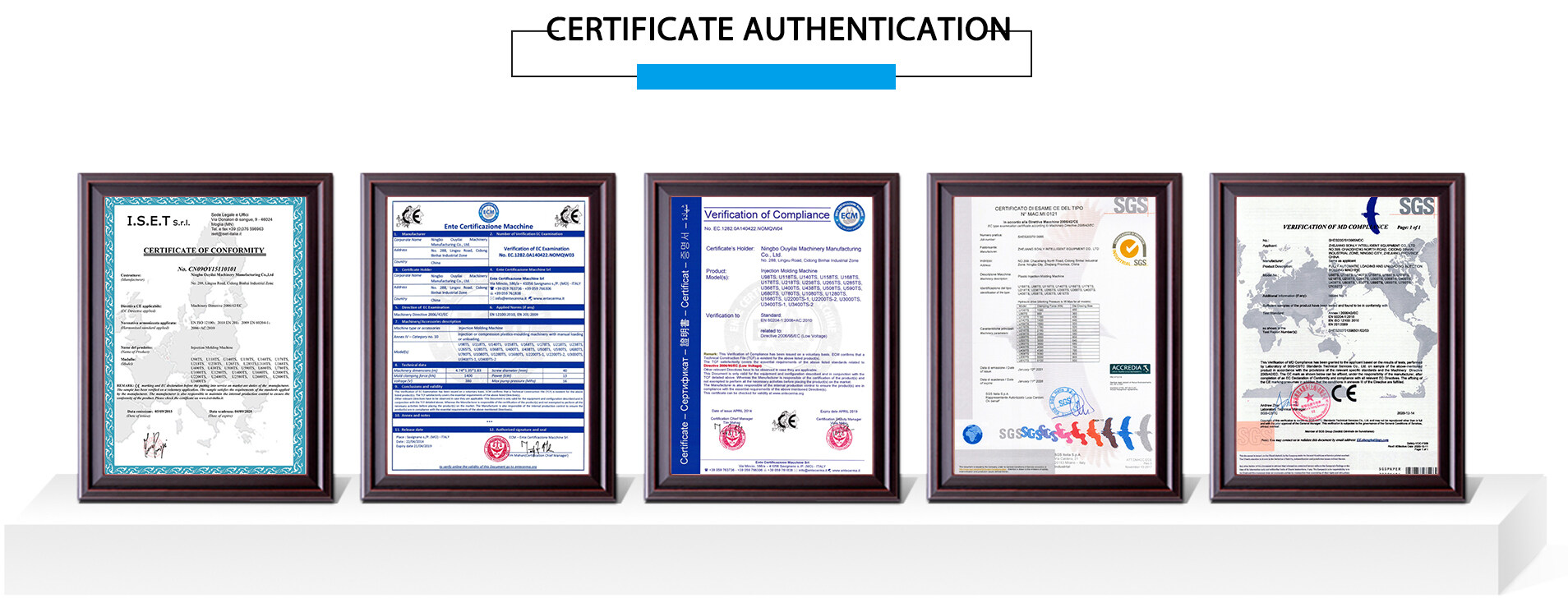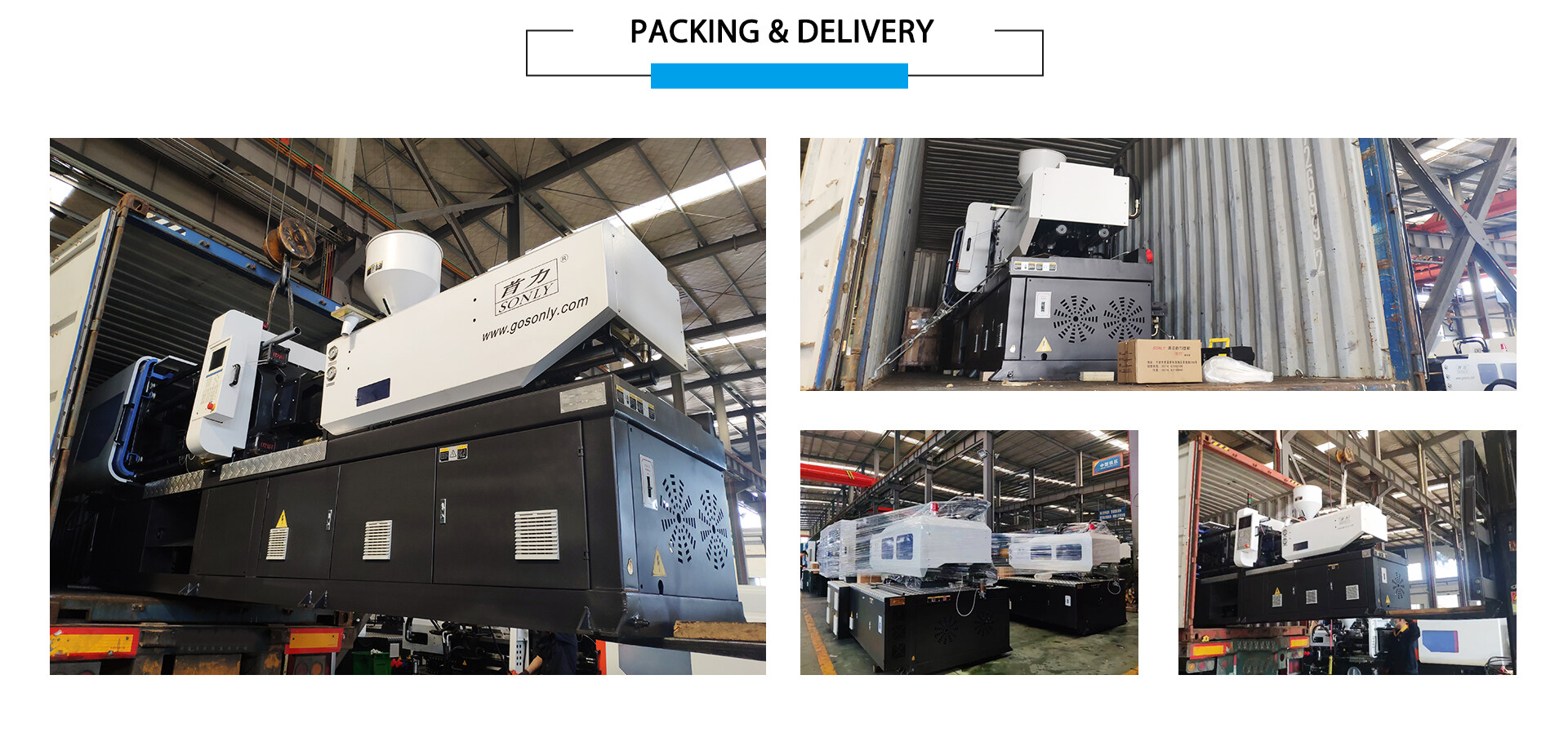Injection molding process:
Injection molding is mainly used to enhance the molding of PET. Usually a screw injection machine is used. Screws generally need to be hardened to avoid wear after long-term use. The length of the nozzle hole of the injection machine should be as short as possible, and its diameter should be controlled at about 3mm.
The melting point of reinforced PET is as high as 260°C. In order to prevent the nozzle from being blocked, a heater with a higher power should be installed. In addition, the tip of the nozzle hole is preferably processed into a reverse cone type as shown in Figure-1, so that the molten material in the flow channel and the nozzle can be easily cut off.
Injection molding machine:
Injection molding is mainly used to enhance the molding of PET. Under normal circumstances, PET can only be formed by screw injection molding machines.
It is best to choose a mutation type screw with a non-return ring on the top, which has high surface hardness and wear resistance, and the length-diameter ratio is not L/D=(15~20): The compression ratio is about 3:1.
If the L/D is too large, the material will stay in the barrel for too long, and excessive heating will easily cause degradation and affect the performance of the product. If the compression ratio is too small, the shear heat generation is less, the plasticization is easy to be poor, and the product performance is poor. On the contrary, more glass fibers will be broken, and the mechanical properties will be reduced. When processing glass fiber reinforced PET, the inner wall of the barrel is severely worn, and the barrel is made of wear-resistant materials or lined with wear-resistant materials.
The nozzle should be short, the inner wall should be polished, and the aperture should be as large as possible. It is better to use hydraulic brake valve nozzle. Nozzles should have thermal insulation and temperature control measures to ensure that the nozzles will not freeze and block. However, the temperature of the nozzle should not be too high, otherwise it will cause salivation. Before starting molding, low-pressure PP material must be used to clean the barrel.
The main injection molding conditions of PET:
1. Barrel temperature. The molding temperature range of PET is narrow, and the temperature will directly affect the performance of the product. If the temperature is too low, the plasticization will be poor, causing defects such as depression and lack of materials in the plastic parts; on the contrary, if the temperature is too high, it will cause overflow, nozzle drooling, darker color, decreased mechanical strength, and even cause degradation. Usually, the barrel temperature is controlled at 240~280℃, the barrel temperature of glass fiber reinforced PET is 250~290℃, and should not exceed 300℃, and the nozzle temperature is generally 10~20℃ lower than the barrel temperature.
2. Mold temperature. The mold temperature directly affects the cooling rate and crystallinity of the melt, and the performance of the plastic parts is different when the crystallinity is different. Usually, the mold temperature is controlled at 100~140℃. When forming thin-walled plastic parts, a small value can be taken; when forming thick-walled plastic parts, a large value can be taken.
3. Injection pressure. PET melt has good fluidity and is easy to form. Usually, medium pressure is used, and the pressure is 80~140MPa. The injection pressure of glass fiber reinforced PET is 90~150MPa. The determination of the injection pressure should consider the viscosity of PET, the type and quantity of fillers, the location and size of the gate, the shape and size of the plastic part, the mold temperature, and the type of injection molding machine

